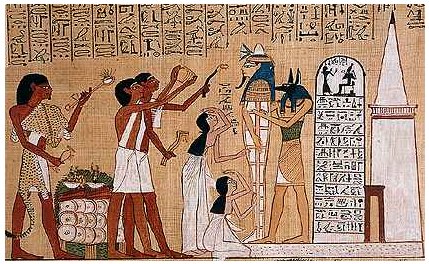|
Toki
Small basalt axe. Vanaga.
Stone adze. Van Tilburg.
Ha'amoe ra'a toki =
'Put the adze to sleep' (i.e. hide it in the
temple during the night). Barthel.
Month of the ancient
Rapanui calendar. Fedorova according to
Fischer.
To'i. T. Stone adze
(e to'i purepure = with the
wounderful adze). Henry.
The Araukan Indians in the
coastal area of northern Chile, have customs
similar to those on the Marquesas and in
both areas toki means adze according
to Josť Imbelloni. The Araukans also called
their chief of war toki and the
ceremonial adze symbolized his function and
was exhibited at the outbreak of war. In
Polynesia Toki was the name of a
chief elevated by the Gods and his sign was
the blade of a toki. Fraser.
Axe, stone hatchet, stone
tool ...; maea toki, hard slates,
black, red, and gray, used for axes T. P
Pau.: toki, to strike, the edge of
tools, an iron hatchet. Mgv.: toki,
an adze. Mq.: toki, axe, hatchet.
Ta.: toi, axe. Churchill. |










